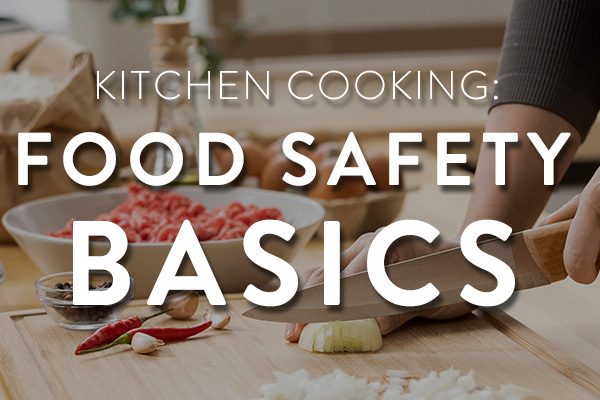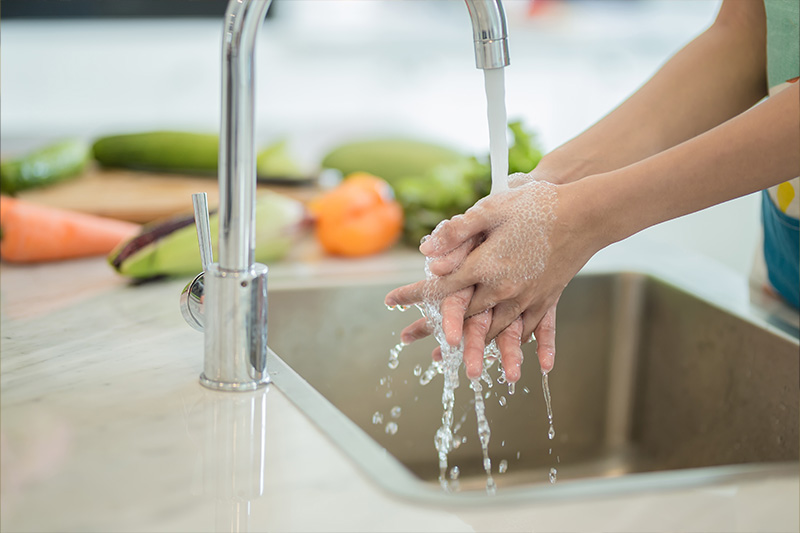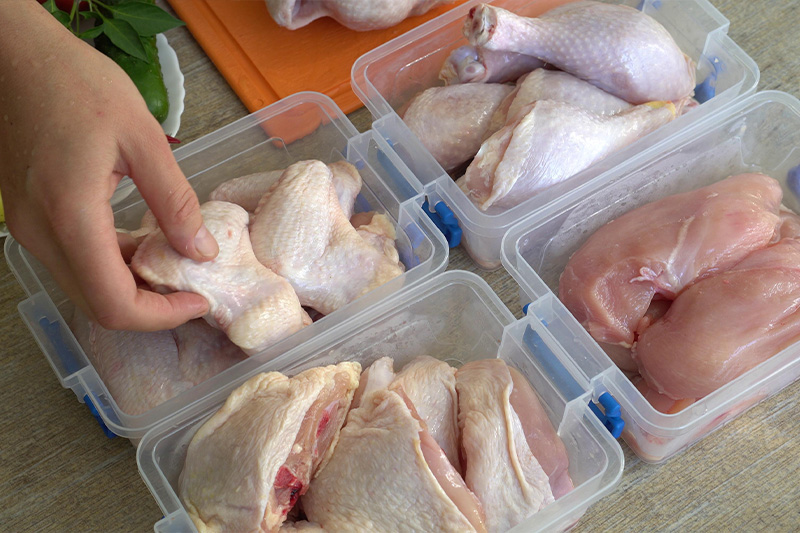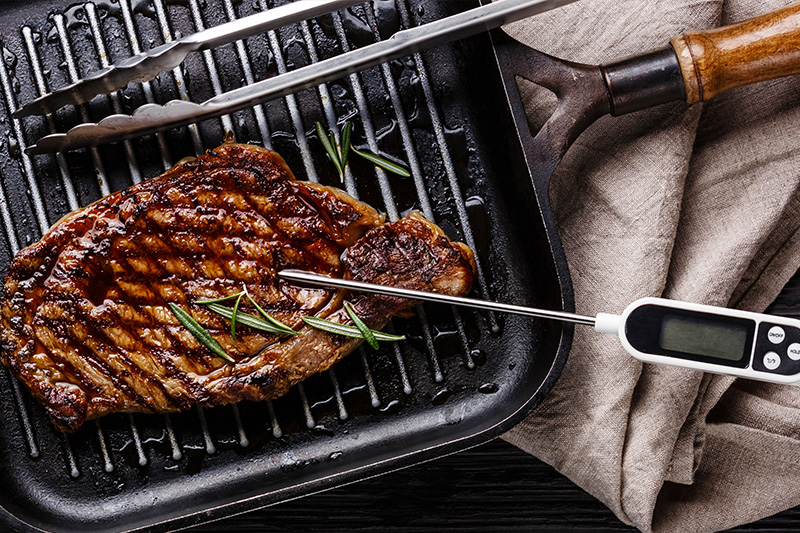
The kitchen is the heart of the home, and cooking is a great way to show your loved ones how much you care. However, even the most delicious meal can turn dangerous if food safety is not kept in mind. Thankfully, it’s simple to keep your meals safe if you just remember four words: clean, separate, cook, and chill.
Clean Kitchen Surfaces and Hands

Many foods can carry bacteria that cause food poisoning, like salmonella and E. coli. Before you cook anything, make sure to wash your hands for at least 20 seconds so that you don’t introduce germs into your food. After you’ve handled raw meat, wash your hands again. And always wash your hands before you begin eating a meal. You also need to keep your cooking surfaces clean. Wash things like cutting boards and utensils after using them, especially if they’ve touched raw meat. Also, make sure to wash fresh fruits and vegetables before using them. However, don’t wash raw meats; you’ll only risk spreading their germs around the kitchen by doing so.
Separate to Prevent Cross-Contamination

Did you know that the juices from raw meat can cross-contaminate other food products when they’re kept together? Separate them regardless of how many items are in your recipe to avoid spreading germs. This includes packing meats separately from other items when you bag them up at the grocery store. Once you get home, make sure that they’re all in sealed containers so they don’t leak juices onto other items, then place these items in a designated part of the refrigerator. And once you’re ready to cook, use one cutting board for meats and a different one for other ingredients like vegetables and bread.
Cook to the Recommended Temperature

You can kill the germs that cause sickness by making sure that all of your food is properly cooked. Use a food thermometer to make sure that food is cooked to a safe temperature.
- Steaks and roasts should be cooked to an internal temperature of at least 145°F.
- Fish should be cooked to 145°F or until it flakes apart easily with a fork.
- Poultry should be cooked to 165°F.
- Ground meat of any kind should be cooked to 160°F.
- Cook any leftovers to 165°F.
When you’re microwaving food, make sure to follow the recommended cooking time, and let the food sit for a couple of minutes to let the heat distribute evenly through the food before eating it. Keep in mind that if you’re using a microwave with high wattage, you should use the minimum amount of cooking time that’s recommended for what you’re making, while the opposite is true if you have a low-wattage microwave.
Chill Food Properly

Germs can grow and multiply at temperatures between 140°F and 40°F, so it’s important to keep foods out of this zone as much as possible.
- Once you’re done eating hot food, pack it into shallow containers and put it into the fridge right away. Using smaller containers will help the food cool more quickly.
- Always keep your fridge set at 40°F or lower and your freezer at 0°F or lower.
- Refrigerate all perishable foods within 2 hours of serving them. If the food was served or stored in an environment above 90°F, like at a summer picnic or in a hot car, it should go into the fridge within an hour.
- Don’t leave frozen food out at room temperature to thaw. Instead, put it into the fridge, use the defrost setting on your microwave, or thaw it in cold water.
More Information
- What Is the Proper Handwashing Technique?
- Proper Cooking Temperatures for Safe Food at Home
- Check Your Steps! Separate Raw Meats From Other Foods
- Washing Chicken Spreads Germs
- Food Safety: How to Store and How Long to Keep Leftovers
- Food Safety in Home Kitchens: A Synthesis of the Literature
- Why Handwashing Is Such a Big Deal
- Handwashing Is Critical to Food Safety
- Cooking in an Outdoor Kitchen
- Meat Temperature: A Guide to Safe Cooking
- Keeping Food Safe in Child-Care Settings
- Separating Food: Food Safety for Moms-to-Be
